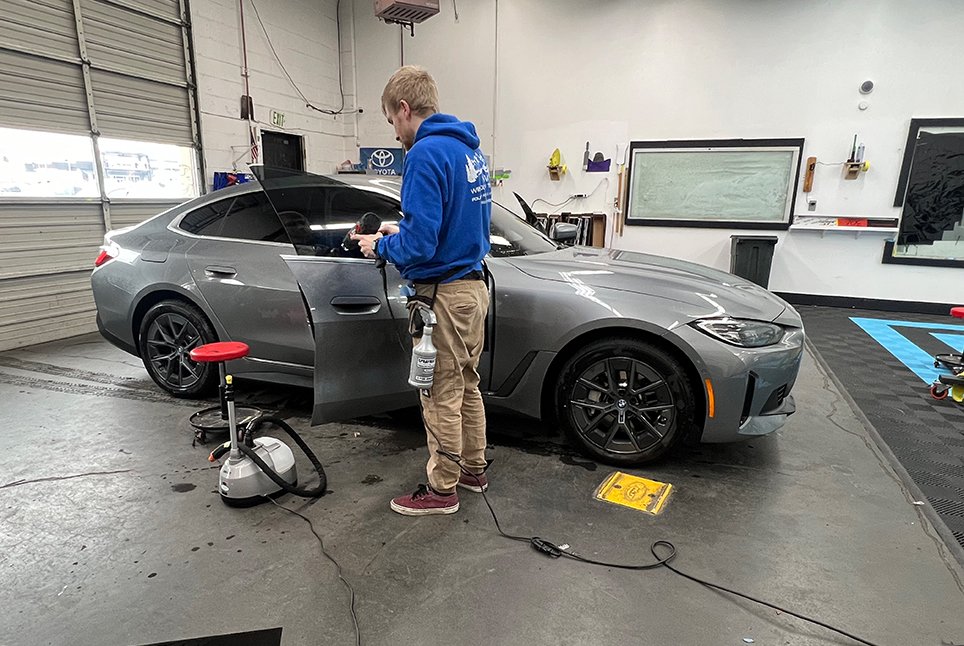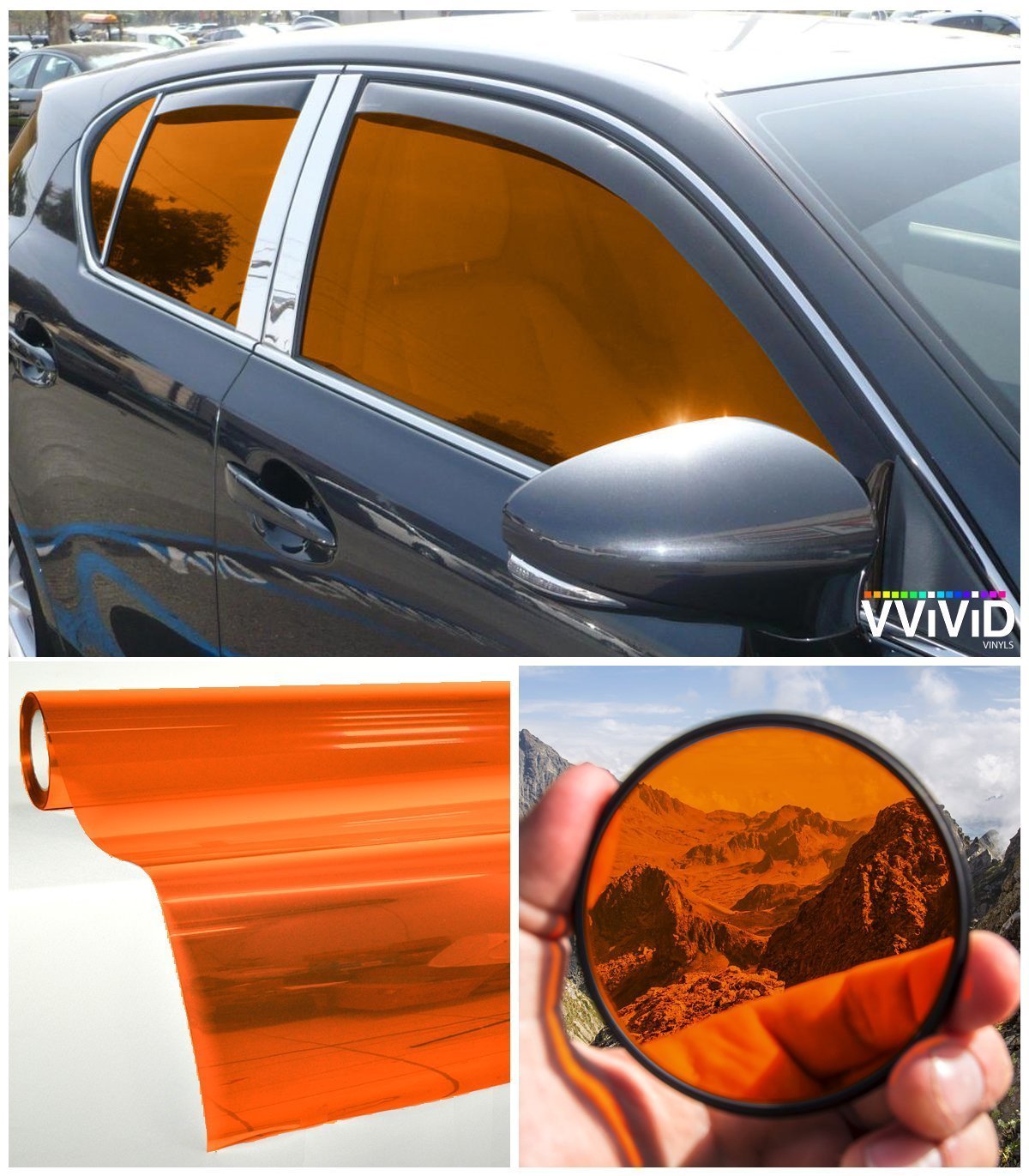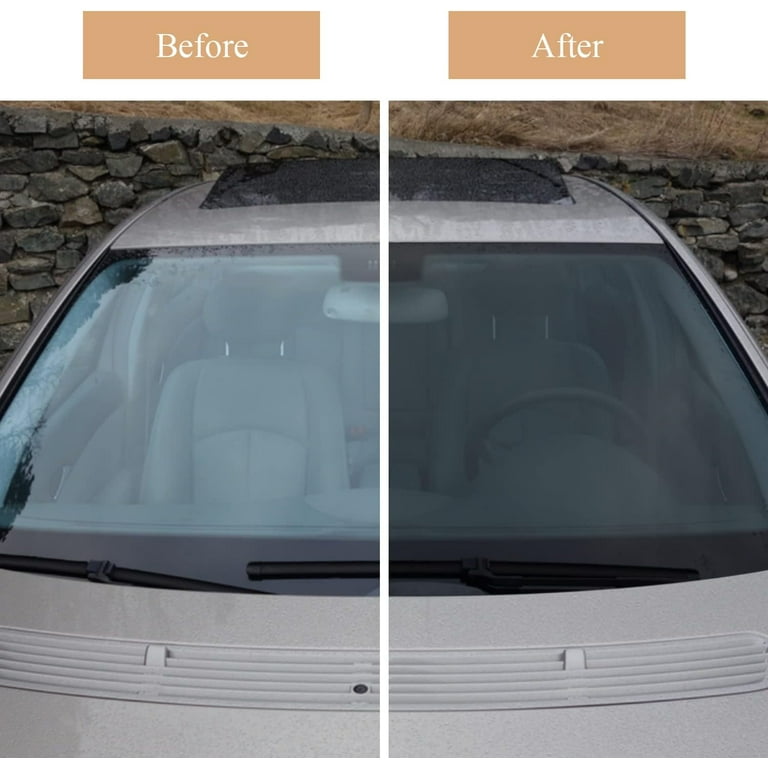Everything You Need to Understand About Auto Window Tinting Options
Wiki Article
Window Tinting Laws and Guidelines: What You Required to Know Prior To Tinting Your Cars And Truck
Prior to continuing with home window tinting for your automobile, it is important to acquaint yourself with the varied legislations and standards that regulate this technique across various states. These laws dictate the acceptable levels of color darkness, often determined by visible light transmission (VLT) portions, and consist of particular terms for front windscreens aimed at making certain roadway safety and security.Summary of Home Window Tinting Regulations
Home window tinting regulations are frequently subject to variant throughout different jurisdictions, showing neighborhood laws and security considerations. These laws dictate the allowable degrees of tint darkness and reflectiveness on vehicle home windows, ensuring that vehicle drivers preserve ample visibility while likewise shielding against damaging UV rays and warm.Most regulations categorize home window tinting based upon the Visible Light Transmission (VLT) percent, which indicates the amount of light that can pass via the window. Normally, lower VLT portions represent darker tints. Legislations commonly distinguish between the front, side, and rear windows, with stricter limitations applied to the front windshield to enhance safety for both the driver and other road users.
In addition, some territories enforce limitations on the reflectivity of the tint, preventing too much glow that might hinder visibility. Exemptions to these regulations might exist for individuals with specific medical problems needing added sun protection. Conformity with home window tinting policies is important, as infractions can result in penalties, required elimination of the tint, and prospective increases in insurance policy costs. It is crucial for lorry owners to acquaint themselves with local regulations prior to proceeding with window tinting installations.
State-by-State Color Regulations
Comprehending the specific window tinting laws in each state is vital for vehicle proprietors looking for to follow the regulation. Each state in the U.S. has actually developed its own collection of rules controling window tinting, which can vary dramatically. These guidelines often determine the allowed levels of tint darkness, the kinds of home windows that can be tinted, and any type of medical exemptions that might use.For instance, states like California have rigorous restrictions on tint darkness for front home windows, while others, such as New Mexico, might allow darker tints. Furthermore, particular states mandate particular exposure percents for various windows, consisting of the windscreen, front side home windows, and back windows. It is important for auto owners to familiarize themselves with their state's legislations to prevent possible penalties or fines.
Moreover, some states might require a qualification sticker to be put on colored home windows, showing conformity with state regulations. Failing to abide by these guidelines not only takes the chance of legal consequences however can additionally affect security and visibility while driving. Lorry owners must carry out extensive research study or speak with local authorities to guarantee full understanding and compliance with state-by-state color laws.
Allowed Color Levels and Kinds
Many lorry proprietors may be amazed to discover that allowed tint degrees and types differ commonly across different states. Each state has actually developed its very own policies concerning the permissible darkness and reflectivity of home window color, typically measured by Visible Light Transmission (VLT) percentages. VLT describes the amount of light that can travel through the tinted home windows; therefore, a reduced portion indicates a darker color.
Furthermore, the types of tint materials enabled can vary, with some states restricting mirror-like or metal surfaces. It is important for lorry owners to acquaint themselves with their state's certain laws to ensure conformity. Non-compliance can cause penalties, required elimination of the tint, or various other legal effects, making it imperative to recognize these policies before waging installation.
Medical Exceptions for Tinting
While not all states offer allocations for medical exceptions regarding window tinting, those that do recognize the need for certain individuals to improve presence and comfort due to medical problems. Different clinical conditions, such as lupus, skin cancer cells, and specific eye disorders, can provide individuals specifically sensitive to sunshine. Subsequently, these individuals might call for darker tints to shield themselves from harmful UV rays and glow.
It is essential to keep in mind that despite a clinical exemption, there might still be limitations on the level of color permitted. Compliance with state legislations ensures that people are both protected and within legal limitations. Those taking into consideration medical exceptions should contact their regional Department news of Motor Cars or comparable authority to comprehend the needs and procedures needed to obtain an exception properly.
Penalties for Non-Compliance
Stopping working to follow home window tinting laws can cause considerable fines, which vary by state. Legislation enforcement firms are encouraged to issue citations for cars that do not stick to the defined tinting guidelines. These fines generally include penalties, which can vary from moderate total up to numerous hundred bucks, relying on the severity of the violation and the state concerned.In some jurisdictions, duplicated offenses might cause rising top article penalties or added fines, such as mandatory court appearances. Additionally, non-compliance might require the elimination of illegal tinting, usually at the proprietor's expense. In severe situations, habitual wrongdoers might deal with suspension of their automobile enrollment up until compliance is achieved.
In addition, insurance policy effects might develop from getting multiple citations for window color offenses. Insurers might check out such offenses as a sign of riskier behavior, possibly bring about raised costs or difficulty in coverage.
To stay clear of these charges, it is important for car owners to acquaint themselves with their regional window tinting laws and ensure that their lorry complies (Window Tinting). This positive method not just prevents legal implications however also advertises road safety
Verdict

The majority of policies identify window tinting based on the Visible Light Transmission (VLT) percent, which indicates the quantity of light that can pass via the home window. Conformity with window tinting laws is critical, as offenses can result in fines, required removal of the color, and possible increases in insurance coverage costs.Understanding the certain window tinting laws in each state is important for lorry owners seeking to conform with anchor the regulation. These policies usually dictate the permitted levels of color darkness, the types of windows that can be tinted, and any type of clinical exceptions that may apply.
For circumstances, states like The golden state have stringent restrictions on tint darkness for front home windows, while others, such as New Mexico, might allow darker tints.
Report this wiki page